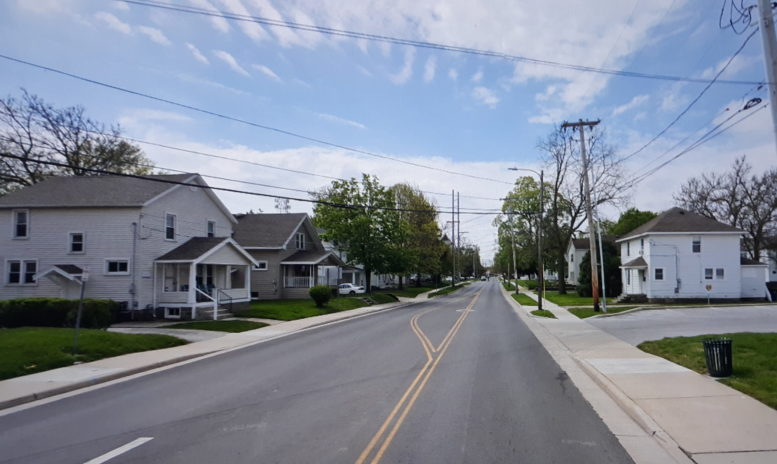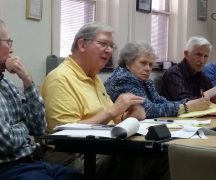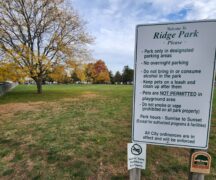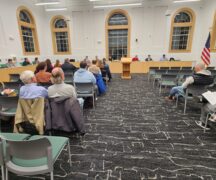By JAN LARSON McLAUGHLIN
BG Independent News
Some homes in Bowling Green could use some sprucing up.
An exterior housing survey conducted every five years in the city showed the most common problems include junk outside homes, accessory structure issues, problem soffits, poor siding, cracked chimneys, broken public sidewalks and sagging porches.
Results of the latest housing survey were reported Monday evening to the Bowling Green City Council Committee of the Whole.
According to the numbers, fewer homes are being neglected than in the past.
In 1973, the Wood County Health Department adopted a housing code, allowing the agency to inspect homes and correct unhealthy, unsafe and deteriorating housing structures.
The goal of the housing program is to protect occupants and the public from unsafe and unhealthy housing situations and to preserve the existing housing stock.
A contract with the city of Bowling Green has allowed the health department to conduct its exterior housing inspection program in the city. The data gathering survey is used by the health department to identify neighborhoods that have problems with exterior housing structure, maintenance and sanitation.
“It’s all about property maintenance in Bowling Green,” said Lana Glore, director of environmental health at the Wood County Health Department. “We are looking at each and every house in Bowling Green every five years.”
Once problems are identified, the health department starts with a written notice of violation. In extreme situations, the cases are sent to the county prosecutor, said Kendra Wise, environmental health specialist with the health department.
In some cases, homeowners are connected with assistance through Community Housing Improvement Plan grants or Adult Protective Services.
“We work with various agencies,” Wise said.
Martha Woelke, community development administrator for the city of Bowling Green, said the city will also offer help to those who qualify.
“We will get the addresses of these properties” and reach out to them, Woelke said.
Each home is surveyed in 14 primary and 10 non-primary categories.
The primary categories are roofs, siding condition, stairs and railings, windows, foundations, off-street parking, public walks, chimneys, porches, doors, accessory structures, soffits and roof edges, private walks and exterior sanitation.
The non-primary categories are paint, gutters/downspouts, attached garage, garage condition, grading/drainage, dumpsters, yard maintenance, starlings and pigeons, siding type and address present.
Homes that are substandard in two or three primary categories are classified as “deficient.” Homes that are substandard in four or more primary categories are classified as “neglected.”
The results include:
- 5,875 total homes surveyed.
- 366 total primary deficiencies.
- 129 deficient homes.
- 5 neglected homes.
- 5,290 homes with no deficiencies.
The 2021 results were compared with results in 2016, finding:
- Total primary deficiencies decreased from 795 to 366.
- The number of properties with primary deficiencies decreased from 627 to 307.
- Properties with zero deficiencies increased from 4,919 to 5,570.
- Total homes surveyed increased from 5,546 to 5,875.
- Total deficient homes decreased from 130 to 129.
- Total neglected homes decreased from 7 to 5.
The results were divided into the four wards in the city. The total of 366 deficiencies were found:
- First Ward had 94 out of 478 homes surveyed.
- Second Ward had 143 out of 1,005 homes.
- Third Ward had 58 out of 1,621 homes.
- Fourth Ward had 71 out of 2,771 homes.
The seven highest areas of deficiencies were:
- 110 exterior sanitation (30.1%)
- 49 accessory structures (13.4%)
- 42 soffits (11.5%)
- 40 siding condition (10.9%)
- 35 chimneys (9.6%)
- 30 public walks (8.2%)
- 24 porches (6.6%)





